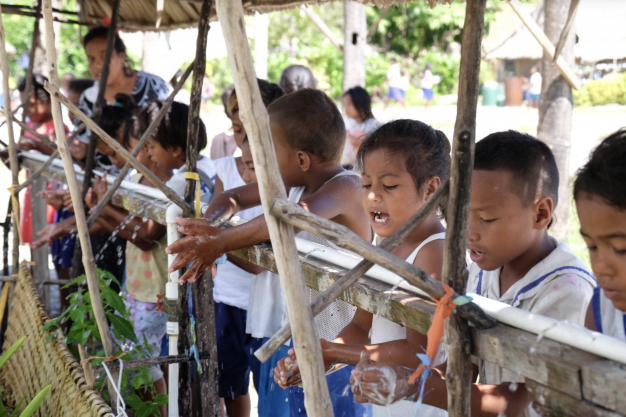
COVID-19: new guidance on protecting children and schools
The global outbreak of coronavirus disease (COVID-19) has now been declared a Public Health Emergency of International Concern (pandemic), and the virus has spread to many countries and territories.
While COVID-19 continues to spread, it is important that communities take action to prevent further transmission, reduce the impacts of the outbreak and support control measures.
The protection of children and educational facilities is particularly important. Precautions are necessary to prevent the potential spread of COVID-19 in school settings. However, care must also be taken to avoid stigmatizing students and staff who may have been exposed to the virus. COVID-19 does not differentiate among borders, ethnicities, disability status, age or gender.
‘Protection of children is…particularly important’
Education settings should continue to be welcoming, respectful, inclusive and supportive environments to all. Measures taken by schools can prevent the entry and spread of COVID-19 by students and staff who may have been exposed to the virus, while minimizing disruption and protecting students and staff from discrimination.
The purpose of this document is to provide clear and actionable guidance for safe operations through the prevention, early detection and control of COVID-19 in schools and other educational facilities. The guidance, while specific to countries that have already confirmed the transmission of COVID-19, is relevant in all other contexts.
Education can encourage students to become advocates for disease prevention and control at home, in school and in their community by talking to others about how to prevent the spread of viruses. Maintaining safe school operations or reopening schools after a closure requires many considerations but, if done well, can promote public health.
In a statement, UNICEF said: “Characterizing COVID-19 as a pandemic is not an indication that the virus has become deadlier. Rather, it is an acknowledgement of the disease’s geographical spread.
‘Virus could spread to children in any country’
“UNICEF has been preparing and responding to the epidemic of COVID-19 around the world, knowing that the virus could spread to children in any country or community. We will continue working with governments and our partners to stop transmission of the virus, and to keep children and their families safe.
“At the same time, we remain very concerned by the secondary impacts of the outbreak and related control measures on children, including school closures, the burden on local health systems for the delivery of primary care, protection risks and economic pressures felt by some families.
“Fear of the virus is also contributing to discrimination against people from vulnerable groups, including refugees and migrants – this is unacceptable. We remain on the ground working in affected communities to mitigate secondary impacts for children and push back against stigmatization.”
‘Clear and actionable guidance’
Click here for the new guidance document (pdf format) from UNICEF, the World Health Organisation and the International Federation of Red Cross and Red Crescent Societies.
Click here for more on UNICEF’s response to COVID-19.




